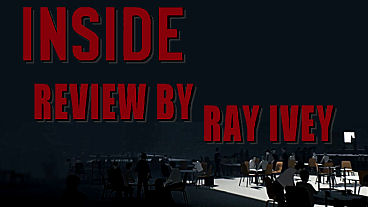
Inside Review
Gorgeous art, disturbing environments with clever, organic and satisfying puzzles. You need to play Inside!
Genre: Action, Adventure
Release date: July 7, 2016
Review Platform: PC
Danish game studio Playdead absolutely knocked my socks off with their 2010 game Limbo. If you haven’t played Limbo, you need to play it right now. It’s available on pretty much every platform. I think my microwave can download it. Trust me on this, play the game. Stop reading this and go play Limbo, and then we can continue. That’s okay, we’ll wait.
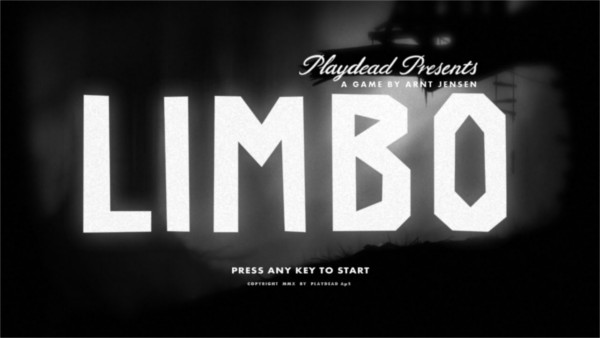
Okay, you’re back! Limbo was stunning, right?
Anyhow, Inside is Playdead’s eagerly-awaited follow-up game. Currently it’s only available on Xbox One and Windows.
As I fired up the game, I realized it could well have been simply named Limbo 2. It begins virtually the same way as the first game, with an anonymous little boy running from left to right in a series of surrealistic surroundings, avoiding death at every turn. Or not avoiding death. Or dying a whole, whole lot.
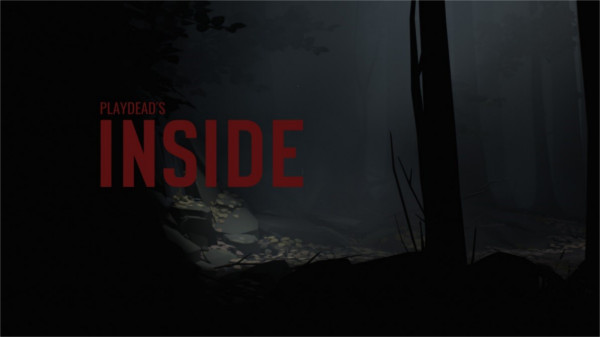
The only initial difference at first seem to be a less monochromatic palette than Limbo, and perhaps more realistic surroundings. For the first few levels, my enemies were men with guns (and strangling hands) and vicious dogs.
As in the first game, the little boy exists in a three-dimensional world, but he only has agency in two dimensions. There are exactly five things you can do: Move right, move left, go down, jump, and grab. That’s it. On my PC, that was the four arrow keys and the right Ctrl button.
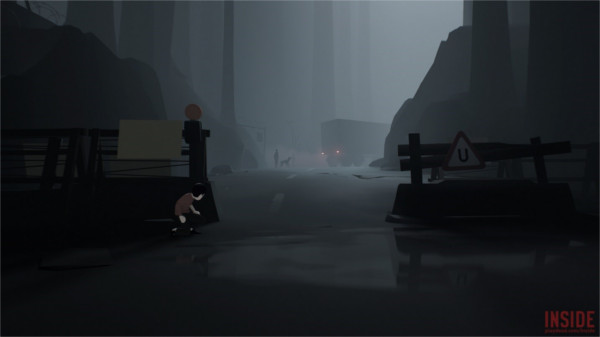
This simplicity is actually a help as the puzzles get chewier and chewier. Several times I found myself stuck, and reminded myself: “You can’t do too many things. And you can only go left and right. How many different things are there to try?”
Actually, the answer to that is a surprising amount. Which brings me to the ways in which Inside is different from Limbo despite the obvious strong parallels.
First, the story, such as it is, feels less abstract. Or perhaps I mean the setting is less abstract. There really isn’t any story in either game. But the settings, the objects, the other living (and non-living?) creatures, and the environments feel very full of narrative. Because of that, Inside isn’t a game you want to rush through. And there’s no need to rush anyway because it’s only a few hours long.
But it is a game to savor. Over and over again things happen on the screen that make you scratch your head, grin (if you have a sick enough sense of humor) or just shake your head in amazement.
Back to the differences. Inside feels as though it takes place in a world that’s much more real than the one in Limbo. Now, it’s a bizarre and violent and deeply creepy world, but it feels more like dystopian science fiction than the almost surreal landscapes of Limbo. Things are really, really WRONG in this world. Extremely wrong. In fact, the game is not for the faint of heart.
Let me revisit the puzzles. I think they’re a bit tighter in this game than in the first one. Many of them have that elusive quality of being challenging, and then making you feel smart when you solve it. I hate to spoil anything in a game this short, but I’ll tell you about just one. There’s a big suspended I-beam that you can raise and lower and (sometimes) jump onto. You need to use it as a platform to reach another place, but the beam is dangling at the wrong angle for you to be able to reach your goal and, if you jump to the ground, it’s too high to grab and try to turn.
What can I do? I wondered. Hmm. Right, left, grab…no dice. What’s left? Oh, jumping up! So I tried hopping up and down. Sure enough, if you hugged one side of the (narrow!) beam, and hopped up and down a bunch of times, you could very gradually begin rotating it in the direction you needed to go. This was a terrific puzzle that used the environment in a very organic and satisfying way.
So that’s Inside. You control a helpless little boy who has to go from left to right and up and down for about three hours in a disturbing, intriguing and bleakly beautiful world. In order to survive you have to solve increasingly tricky puzzles. No explanations are promised.
If I have one real criticism of Inside, it involves an optional collectible minigame. There are a series of orbs you can find and disable, and if you get them all, there’s a payoff near the end of the game. I love that idea. Most of the orbs are off of your beaten track so it’s fun to try to keep an eye out for alternate routes as you move through the world. However, the game does very little to let you know that this is even a thing, and so it’s easy to miss many of the orbs, or to not even realize you SHOULD be thinking about them. On the other hand, once you’ve finished the game, it’s quite easy to return to any portion of the story and look for that missing orb.
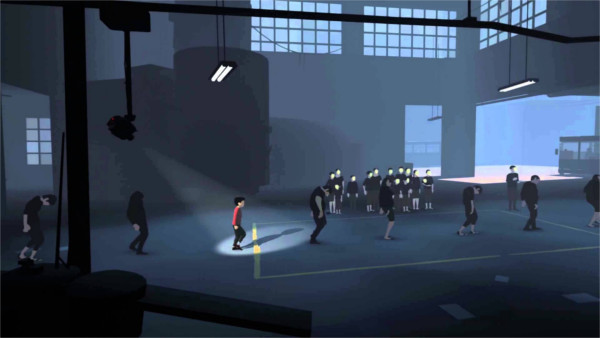
No spoilers, but the final chapter of the game is, pardon my language, Very Seriously Fucked Up. In a great way. It’s just so super wrong that I sat at my computer and repeated “Holy shit” over and over as I played through it.
You need to play Inside. Do it!
|
+ Peerless design
+ Gorgeous art
+ Intriguing, sinister and disturbing environments
+ Clever, organic and satisfying puzzles
+ Unapologetic, authentic weirdness
– Collectible minigame could use just a tad more exposition
– Very short, for those who care about such things
– Really should simply be called Limbo 2, because that’s what it is
|
 |
Processor: Intel Core 2 Quad Q6600 @ 2.4 GHz, AMD FX 8120 @ 3.1 GHz
Memory: 4 GB RAM
Graphics: NVIDIA GT 630 / 650m, AMD Radeon HD6570 or equivalent

Leave a Reply